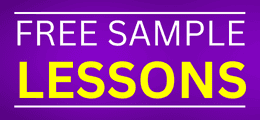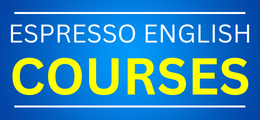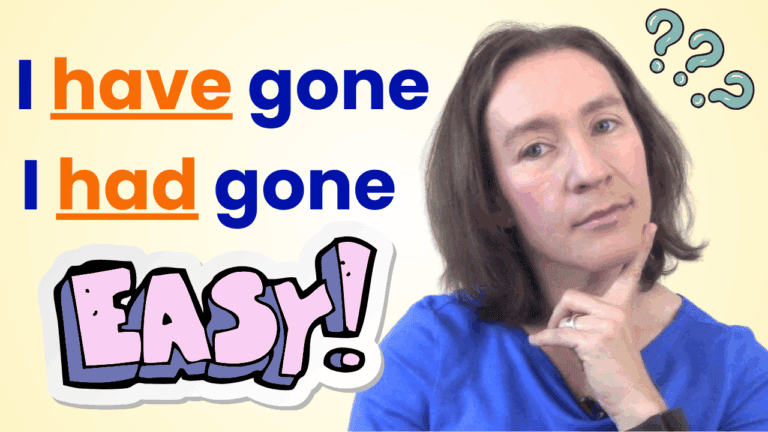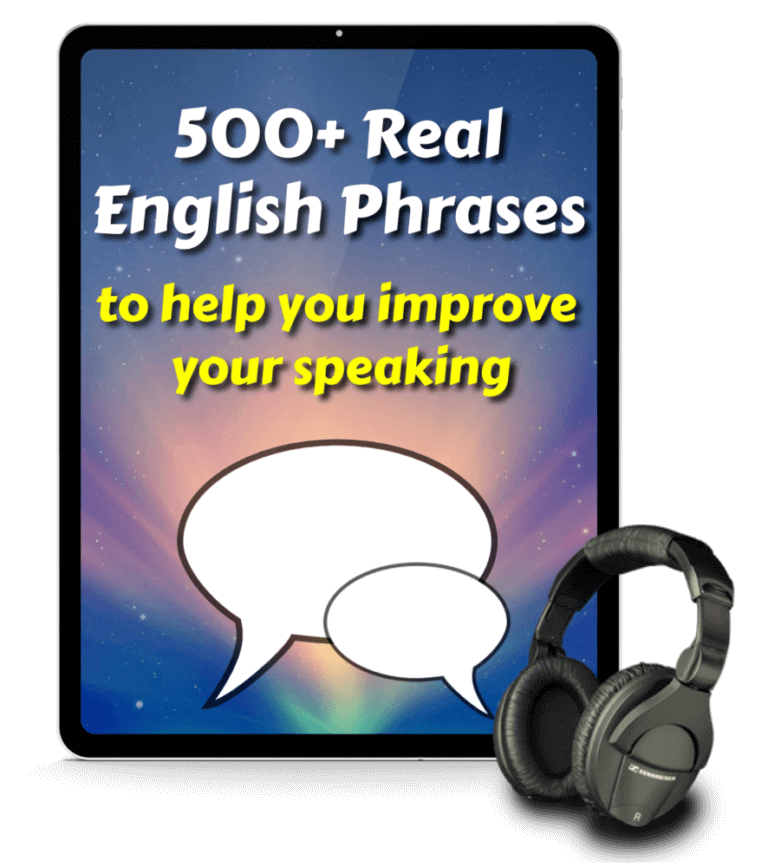Download: Video / Audio / Text
(Right-click on the links and select “Save as…”)
Hello students, this is Shayna, your teacher at EspressoEnglish.net and I’m excited to present the first “Ask the Teacher” lesson, which means I’ll be on video answering your questions.
So today’s question is:
What’s the difference between these two questions:
“Does she have a car?” and “Doesn’t she have a car?”
This is an excellent question because there is in fact a difference between these two forms of question.
The question with does: “Does she have a car?” is neutral. I don’t know if the answer is yes or no and I don’t expect the answer to be yes or no. It’s simply a regular neutral question.
The version with doesn’t: “Doesn’t she have a car?” I would ask it like this if I assumed or expected the answer to be yes and I’m only asking to check or confirm that I’m correct and make sure I’m not mistaken.
For example, if I saw this person driving a car two weeks ago, then I could ask, “Doesn’t she have a car?” because I assume the answer is yes. But maybe I’m mistaken. Maybe the answer is, “Well she used to have a car but she actually sold her car yesterday.”
We can form questions with any negative auxiliary verb when we assume or expect the answer to be yes. But we still want to ask to check if we’re mistaken… or if we’re surprised when the situation appears different from the way we assumed it to be.
For example, the question, “Can you speak Spanish?” is a neutral question. The answer could be yes or no. I have no expectations about the answer. I really want to know if you can speak Spanish.
Now let’s imagine I had an American friend who lived in Spain for 10 years, and one day I ask him for the translation of a Spanish sentence, and he says he doesn’t know how to translate it. I would say, “What! Can’t you speak Spanish?” Because I assumed that since he lived in Spain for 10 years, he would have learnt the language, but maybe he didn’t pay attention or didn’t make the effort, so I ask, “Can’t you speak Spanish?” but maybe I’m mistaken and the answer is no.
Here’s an example with the verb ‘have.’ Let’s say my brother is going on vacation. I could ask him, “Have you bought the plane tickets?” That’s a neutral question. He might say, “Yes it have” or “No, I haven’t bought them yet.”
Now let’s imagine it’s the day before the trip and my brother is completely stressed out because he doesn’t have the plane tickets. I would ask him, “Haven’t you bought the plane tickets?” because I’m just surprised; I’m shocked that he didn’t buy the tickets earlier than the day before. I assumed that the answer was yes, he had bought the tickets – but I’m surprised to find out the situation is different from what I expected.
So again, you can start a question with a negative auxiliary verb like doesn’t, isn’t haven’t, aren’t, can’t, shouldn’t and many others when you assume that the answer to the question is yes or you expect the answer to be yes, but you’re asking to confirm or to check if you’re possibly mistaken.
This actually reminds me of another way to ask a question when you’re assuming that the answer is yes. And that is to use a question tag. Here’s an example of a question tag: “She has a car, doesn’t she?”
This is actually a statement; “She has a car” with a question attached; “doesn’t she?” Again, I’m expecting or assuming that the answer is yes but I’m asking just to confirm.
There are actually two way to use question tags and it depends on your tone of voice. If I use a question tag with my intonation going up at the end, that means I’m really asking a question to confirm.
Now if I say a statement with a question tag but my intonation goes down at the end, that means I’m not really asking a question; I’m just making a statement that I expect the other person to agree with.
Here’s an example of that: “It’s a beautiful day, isn’t it?” Notice my intonation. It doesn’t go up at the end, it goes down. “It’s a beautiful day, isn’t it?” This means I’m not really asking you if it’s a beautiful day or not, I’m just making a statement that I expect you to agree with.
Here’s another example of a question tag like that. Imagine I went to a restaurant with some friends but the food at the restaurant was terrible. The next day, I could make a comment to my friend, “The food wasn’t very good, was it?” I’m not really asking the question, I’m just making a statement that I expect my friend to agree with because it’s obviously true that the food was terrible.
Remember: to use a question tag; the verb in the question tag is the opposite to the main verb in the statement. For example, “She has a car, doesn’t she?” The main verb, “has,” is in the positive form and the verb in the question tag, “doesn’t” is in the negative form.
You can also reverse it: “The food wasn’t very good, was it?” The verb in the main statement, “wasn’t” is in the negative form and the verb in the question tag, “was” is in the positive form. So that’s just a quick introduction to question tags.
Let’s review the three forms of questions that we covered in today’s lesson.
- There’s the normal question; “Does she have a car?” Ask this question when you really want to know the answer; you’re neutral; you don’t know if the answer will be yes or no.
- Then there’s the form with the negative auxiliary verb; “Doesn’t she have a car?” Ask this question when you assume the answer to be yes but you’re just asking to check or confirm.
- You can also do this by using a question tag; “She has a car, doesn’t she?” Again, we expect the answer to be yes but we just want to confirm it and make sure we’re not mistaken.
And finally, you can make a statement with the question tag that’s not really a question; it’s merely an obvious statement designed so that the other person will agree with you. For example; “It’s a beautiful day, isn’t it?” When we use the question tag in this way, our intonation goes down at the end instead of going up like a normal question.
That’s all for today! Thanks so much for watching. I hope you’ve enjoyed today’s lesson and please keep sending me questions so that I can answer them in future “Ask the Teacher” lessons. See you next time.









